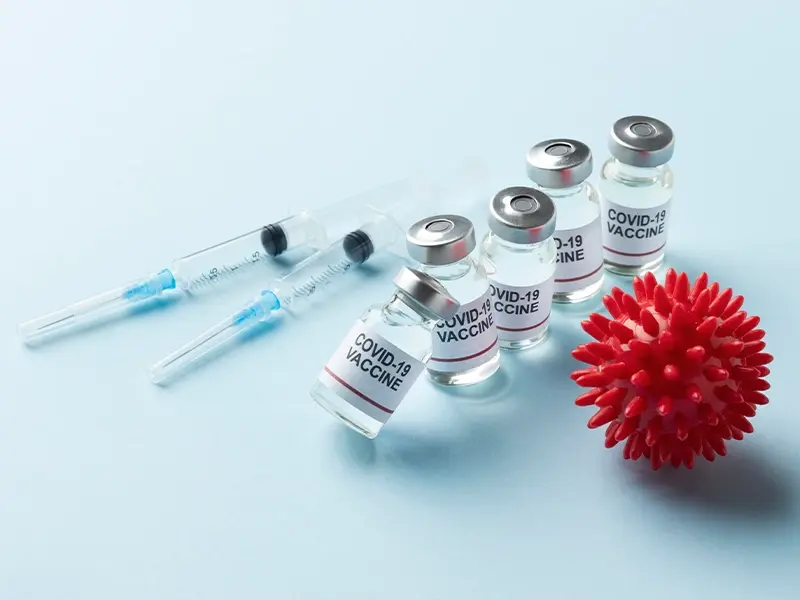Are oral sunscreen pills as effective as creams? Dermatologists weigh in. Health and wellness update.
Here are 10 key points highlighting the main aspects of the article on oral sunscreen:
-
Introduction of Pill Form: A new concept in sun protection, oral sunscreens are capsules that claim to offer body-wide sun coverage.
-
Limited SPF Effectiveness: Oral sunscreen capsules provide only a minimal protection level, estimated between SPF 3 to 5.
-
Key Ingredients: Common components include nicotinamide (vitamin B3) and polypodium leucotomos extract, which may slightly enhance the skin’s sun tolerance.
-
Supplementary Use: These capsules can be used alongside topical sunscreens, particularly for individuals with specific skin conditions such as eczema or lupus.
-
Cautious Consumption: Excessive consumption of oral sunscreen may lead to gastrointestinal issues, highlighting the importance of moderation.
-
Need for Robust Data: Current evidence regarding the efficacy of oral sunscreens beyond their antioxidant properties is not sufficient.
-
Broad-Spectrum Protection: Traditional topical sunscreens should provide broad-spectrum protection against both UVA and UVB rays.
-
Variety of Forms: Sunscreens are available in numerous forms, including sprays, sticks, and powders, catering to different preferences.
-
Recommended Protection Practices: Dermatology experts recommend using SPF 30+ sunscreen every few hours and employing additional protective measures, such as wearing hats and sunglasses.
- Optimal Sun Exposure Avoidance: It’s advisable to minimize sun exposure during peak hours, particularly between 10 AM and 4 PM, to reduce skin damage risk.
The Evolving Landscape of Sunscreen: A Closer Look at Oral Sunscreens
As sun protection becomes increasingly vital for skin health, innovation in this field has led to the introduction of oral sunscreens—pills that claim to provide an alternative to traditional topical applications. These capsules are said to promote full-body sun protection, but how effective and safe are they?
Understanding Oral Sunscreens
Oral sunscreens typically contain nicotinamide (vitamin B3) or polypodium leucotomos extract, a fern-derived antioxidant. Although they are marketed as "sun protectors," research suggests they offer only minimal protection, estimated to be around SPF 3 to 5. Dr. KM Kapoor, a senior plastic surgeon, emphasizes that while these products might slightly enhance the skin’s tolerance to sunlight, they should not replace conventional sunscreens.
The primary purpose of sunscreen is to shield the skin from harmful ultraviolet (UV) rays. There are two types of UV rays to be aware of: UVA rays, which penetrate deeply and can cause aging and tanning, and UVB rays, responsible for sunburn and direct DNA damage. While oral supplements might offer some antioxidant benefits, Dr. Kapoor warns that they do not adequately block these harmful rays, making traditional topical protection essential.
Potential Benefits and Limitations
For individuals with specific skin conditions such as photo-contact eczema, lupus, or actinic keratosis, oral sunscreens might serve as an adjunct therapy. However, Dr. Kalyani Bhola, a senior dermatologist, cautions against relying solely on these supplements. Excessive intake can lead to gastrointestinal issues, and there is insufficient evidence to support their effectiveness beyond providing antioxidant effects.
Topical sunscreens, on the other hand, remain the gold standard for protection. These products are rigorously tested and can effectively shield the skin from both UVA and UVB rays. Broad-spectrum labels indicate that a sunscreen provides protection against both types of radiation, which is crucial for comprehensive skin care.
Choosing the Right Sunscreen
When selecting a topical sunscreen, look for products labeled as broad-spectrum, which protect against both UVA and UVB rays. Mineral sunscreens, which often contain zinc oxide or titanium dioxide, provide a gentle alternative that is less likely to contain harmful chemicals. Additionally, water-resistant formulas are beneficial for those engaging in outdoor activities or sweating, ensuring prolonged protection.
Modern sunscreen options are diverse, encompassing sprays, sticks, powders, and tinted formulas that not only protect against the sun but also help to cover skin imperfections. Dr. Kapoor suggests choosing a sunscreen with at least SPF 30 and reapplying every two to three hours for optimal protection.
Best Practices for Sun Safety
To maximize sun safety, incorporate a multi-faceted approach. Dr. Kapoor recommends the following strategies:
-
Sunscreen Application: Apply a broad-spectrum sunscreen of SPF 30 or higher every two to three hours.
-
Protective Clothing: Wear a wide-brimmed hat and UV-blocking sunglasses to shield your face and eyes.
-
Choose Your Hours Wisely: Try to limit sun exposure during peak hours, typically between 10 a.m. and 4 p.m., when the sun’s rays are strongest.
- Seek Shade: Whenever possible, stay in shaded areas, especially during midday.
Conclusion
The emergence of oral sunscreens offers a novel approach to sun protection, yet they are not a substitute for traditional topical products. While they may provide some level of defense, their effectiveness is limited. Adopting a comprehensive sun protection strategy that includes quality topical sunscreens, protective clothing, and sensible behavior in the sun is essential for maintaining healthy skin and reducing the risk of skin cancers. Choosing the right products and following best practices can make a significant difference in skin health over the long run.



